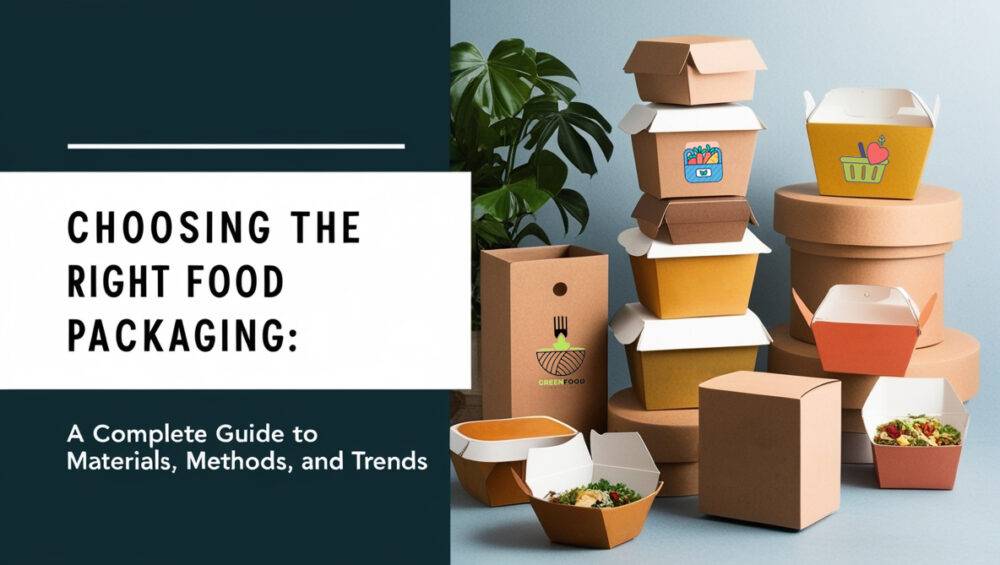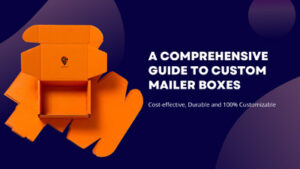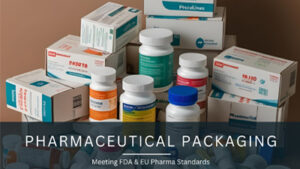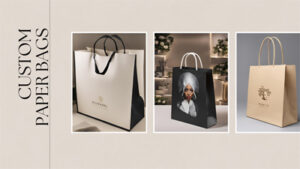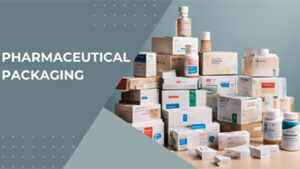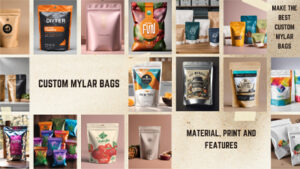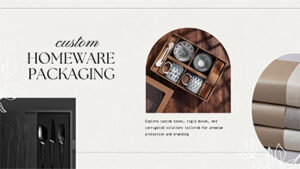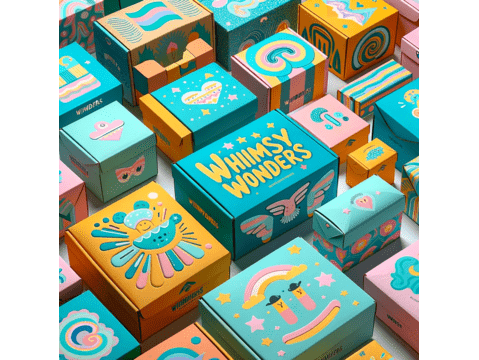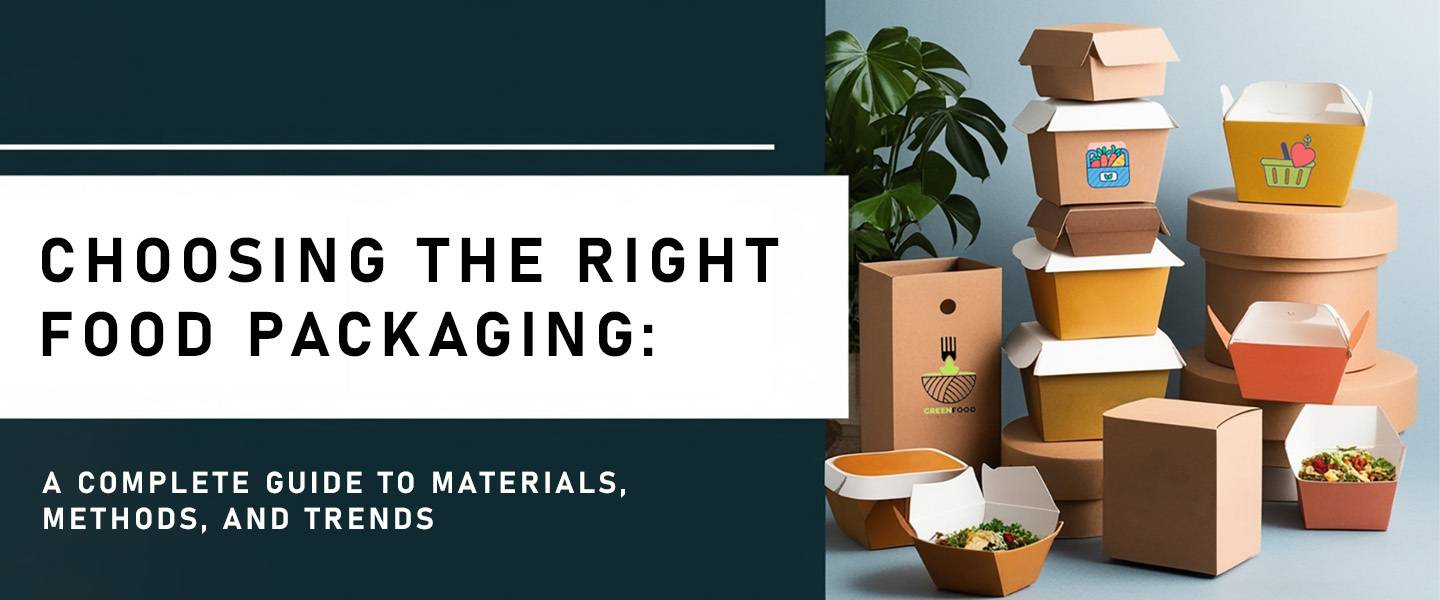
Choosing the Right Food Packaging: A Complete Guide to Materials, Methods, and Trends
If you’re thinking about why our food products are not grabbing people’s attention despite being of the highest quality, you need to re-evaluate your food branding strategy.
Just look at your product and its packaging. Is the packaging high quality? Is it keeping your product safe from spoiling? No. Your food products might be really good, but because of inappropriate packaging, they might not be getting the attention they deserve.
However,
Don’t worry! This article has all the details you need to know to make your packaging from average to high-quality.
Here, we will examine the fundamentals of packaging of food in this comprehensive guide, disclosing the methods for selecting the finest materials, the most efficient processes, and the newest trends that will keep your product safe, fresh, and appealing to customers.
Let’s get started!
Why Food Packaging Matters?
Before we get into the details, it’s important to understand why food packaging is so important. At its heart, packaging of food fulfills four important functions:
While keeping these purposes in mind, let’s dive into the exploration of different materials and methods for food packaging.
Materials
Here are a few popular choices:
1. Plastic
Pros:
– Flexible and lightweight.
– Superior barrier properties.
– Affordable.
Cons:
– Not good for the environment.
– Some varieties are only partially recyclable.
For many kinds of food packaging, such as food boxes and food pouches, plastic is the preferred material. It is perfect for a wide range of products, from snacks to beverages, because of its flexibility and resilience.
2. Glass
Pros:
– Completely reusable.
– Taste and quality are preserved by non-reactivity.
– Premium quality.
Cons:
– Heavy and fragile.
– Increased cost.
Glass is frequently used for luxury goods and goods like sauces and beverages that need to last a long time. It is particularly appealing for exhibiting the quality of products because of its transparency.
3. Metal
Pros:
-Superior barriers.
-Sturdy and robust.
-Biodegradable.
Cons:
-Denser than plastic.
-Higher manufacturing expenses.
Foods and drinks in cans are often made of metal, especially tin and aluminum. Long-term preservation and protection are guaranteed due to its durability.
4. Cardboard and Paper
Pros:
-Biodegradable and lighter.
-Economical.
-Perfect for branding, easy to print on.
Cons:
-Minimal barrier qualities
-Not appropriate for every kind of food.
For food boxes, paper and cardboard are common materials, especially in the fast-food and takeaway businesses. Additionally, they’re commonly utilized for dry goods like cereals and snacks.
Different Food Packaging Methods
Different food packaging methods serve various purposes, from extending shelf life to ensuring safety during transport. Standard techniques include vacuum sealing, which removes air to prevent spoilage; airtight containers, which protect food from external elements; and modified atmosphere packaging, which adjusts the gas mix around the product to keep it fresh longer. Each method is tailored to the specific needs of different types of food, helping maintain quality from production to plate.
1. Packaging in a Vacuum
Benefits:
– Increases shelf life by eliminating air.
– Maintains freshness and flavor.
– Lowers the volume of packaging.
Meat, cheese, and cooked foods are frequently packaged in vacuum. It prolongs the freshness of food by reducing oxidation and growth of bacteria by air removal.
2. Modified Atmosphere Packaging (MAP)
Benefits:
-Increases shelf life by changing the composition of gases within the container.
-Preservative requirements are decreased.
-Food color and texture are preserved.
For fresh produce, meats, and baked goods, MAP is perfect. Through the alteration of oxygen, carbon dioxide, and nitrogen concentrations, this technique aids in preserving the food’s appearance and quality.
3. Aseptic Packaging
Benefits:
-Enables products to be refrigerated and remain shelf-stable.
-Maintains nutritional value and flavor.
-Cuts down on waste.
Dairy, drink, and soup products are packaged aseptically. It guarantees an extended life span without the need for preservatives or cooling by sterilizing the product and the packaging separately.
4. Active Packaging
Benefits:
-Improves food quality and safety.
-Increases shelf life.
– May be customized to meet certain requirements (e.g., oxygen absorption, moisture control).
Technologies like moisture absorbers and oxygen scavengers are examples of active packaging. It’s especially helpful for products like baked goods and snacks that are susceptible to environmental changes.
5 Important Food Packaging Trends
Trends in packaging food change along with consumer preferences. Keeping up with these developments might provide your company with a competitive advantage. The following are some recent developments influencing the sector:
1. Sustainability
Options for ecological packaging are becoming more and more demanded by consumers. Materials that are biodegradable, recyclable, or derived from renewable resources fall under this category. Additionally, businesses are looking for measures to lower their carbon footprints and packaging waste.
2. Practicality and Convenience
Convenience is important for those with hectic lives. Packaging with features like portion control, resealability, and ease of opening is highly appreciated. Two of the most practical packaging options are single-serve food cartons and food pouches.
3. Smart Packaging
Smart packaging is one way that technology is finding its way into packaging of food. This incorporates freshness indicators, temperature-sensitive labels, and QR codes that offer product details. These developments guarantee product quality and improve the customer experience.
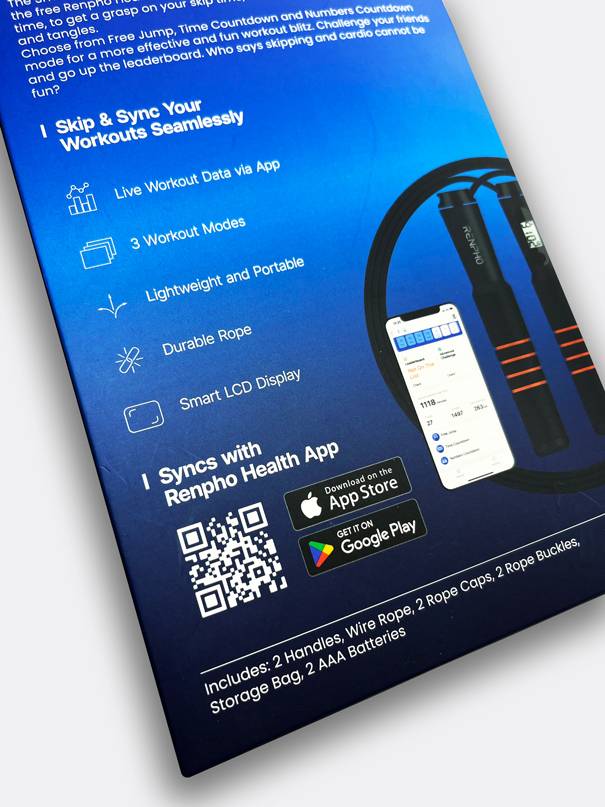
4. Simplicity
Packaging that is minimalistic emphasizes utility and simplicity. This style places an emphasis on simple designs, sparing material use, and emphasizing the product itself. It’s a reaction to customer demands for increased transparency and less clutter.
5. Personalization Through Customization
Brands can establish a more personal connection with customers with customized packaging. Customization may produce a memorable experience and foster brand loyalty through distinctive designs, personalized messages, or limited-edition packaging.
Selecting Appropriate Packaging for Your Company
After discussing the materials, techniques, and trends, how can you pick the best packaging of food for your company? The following actions will help you:
- Understand Your Product
Take into account your product’s nature. Is it stable on the shelf or perishable? Does it need to be shielded from the air, light, or moisture? Your packing alternatives will become more manageable if you know what your goods’ needs are.
- Recognize Your Customers
Who are the customers you want to reach out to? Are they families looking for convenience or eco-aware millennials? Knowing the tastes of your target market will help you make packaging decisions that will make your product stand out in the store.
- Consider Your Brand
Your brand’s principles and image should be reflected in your packaging. Choose eco-friendly materials if sustainability is one of your key values. If your brand is high-end, think about using metal or glass for your packaging. Make sure your packaging complements your overall strategy because it is an extension of your brand.
- Evaluate Expense
The budget is a constant consideration. It can be tempting to select the most creative packaging, but it’s important to weigh cost, practicality, and aesthetics equally. Think about the long-term advantages of making an investment in high-quality packaging that preserves your goods and builds your reputation.
- Evaluate and Revise
Try out a variety of packaging alternatives without fear. Perform consumer feedback, market research, and be open to iterating based on the most successful strategies. Finding the ideal ratio of protection to convenience to appeal is the aim.
Conclusion
Selecting the appropriate packaging of food requires knowledge of materials, processes, and trends, among other factors. The correct packaging of food may preserve your goods, increase its shelf life, and improve its appeal—whether you’re packing boxes for takeout or food pouches for snacking.
Making informed decisions about packaging can help your business by keeping up with current trends and taking your audience and product’s unique needs into account. Keep in mind that packaging of food plays a crucial role in the success of your business and is more than just a container.
Evaluate all the factors thoroughly, stay updated with the latest innovations, and always keep your customers’ preferences in mind.
Besides, you can always count on The Mailer Box for budget-friendly and sustainable packaging solutions for your food products. We deal in a variety of packaging options, including customized packaging as well. So reach out to us and get all your packaging needs fulfilled

Ayesha Khubaib
Ayesha has a diverse experience in areas of marketing and management. Over the years, Ayesha has been involved in the packaging sector in various capacities and now aims to share packaging market insights with her readers
Get in touch with a custom packaging specialist now for a free consultation and instant price quote.

